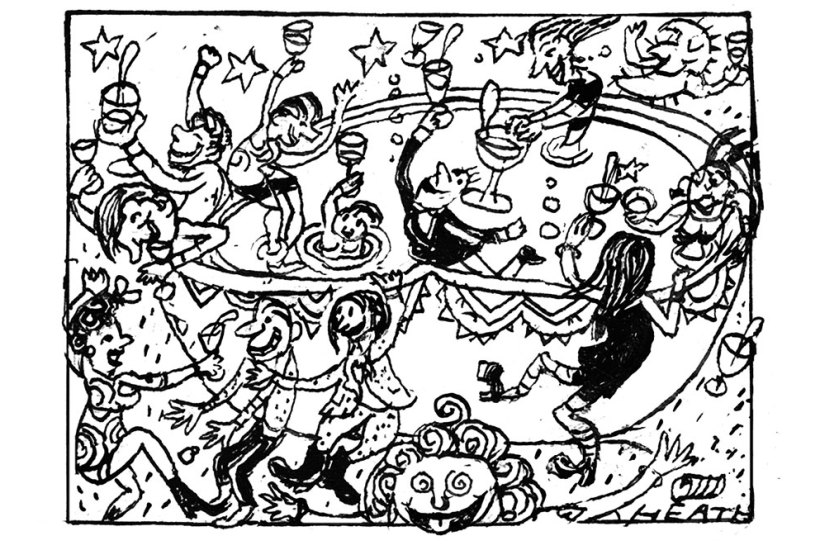Before the Industrial Revolution shrank Christmas celebrations to two days, many workers across rural England might have spared a minute or two over Christmastide to bring out the family wassail bowl. Wassailing – sometimes in houses, sometimes in apple orchards – was a ceremonial toast to the health of friends, family and neighbours, or a ritualised routing of the bad spirits that lurk among fruit trees.
Already a subscriber? Log in
Subscribe for just $2 a week
Try a month of The Spectator Australia absolutely free and without commitment. Not only that but – if you choose to continue – you’ll pay just $2 a week for your first year.
- Unlimited access to spectator.com.au and app
- The weekly edition on the Spectator Australia app
- Spectator podcasts and newsletters
- Full access to spectator.co.uk
Or
Unlock this article
You might disagree with half of it, but you’ll enjoy reading all of it. Try your first month for free, then just $2 a week for the remainder of your first year.








Comments
Don't miss out
Join the conversation with other Spectator Australia readers. Subscribe to leave a comment.
SUBSCRIBEAlready a subscriber? Log in